Music

Sounds of the South Pacific
Let praise and thanksgiving be expressed in song. When tempted, instead of giving utterance to our feelings, let us BY FAITH lift up a song of thanksgiving to God.
Ministry of Healing p.254 (1905)
Seventh-day Adventist Hymnal

The first Adventist Hymn was curated by James White in 1849. It was a mixture of Baptist, Methodist and Seventh-Day Adventist hymns reflecting the second coming of Jesus Christ.
In 1981, The General Conference selected 19 people to form a committee to select which hymns would be published. After four years of narrowing down hymnals, the official Seventh-Day Adventist Hymnal was published.
Meet the Lock family. They were Seventh-day Adventist missionaries sent to Papua New Guinea in 1924. The Lock men were fond of linguistics and were crucial to the translation and writing of Nupela Ol Sing Bilong Lotu, the Papuan Hymnal.
Pr Lester Lock, Pr William Norman Lock, May and Lois, Mrs W.N. Lock, Jean Lock
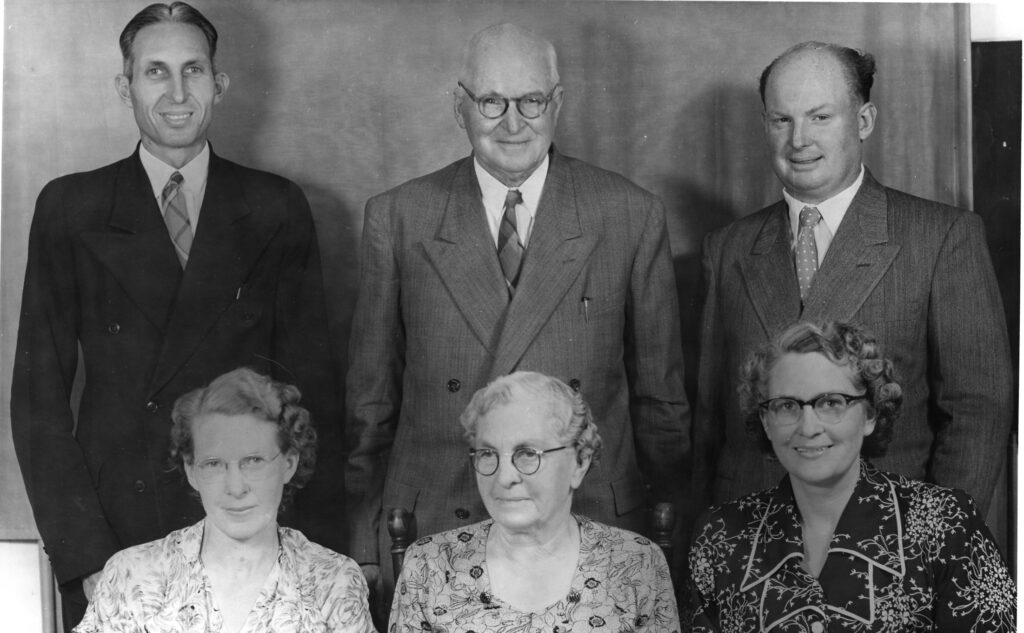
Hymnal Artefact Collection
Anene N Nebo, 2003. (Kiribati Island)
Anene N Nebo is the first Seventh-Day Adventist hymnal with music to be published in Gilbert’s, the official language of Kiribati. A team of 22 people translated the hymnal, containing 462 hymn. Tekemau Ribabaiti, the principal of Kauna Adventist High School on Abeam in Kiribati, translated most of the hymns, with Adventist Historian Glynn Lister arranging the hymnal.
Te Pukapuka o nga noi (The Book of Prayers), 1938. (New Zealand)
This little red book, printed in 1938, contains morning and evening devotionals, prayers and 187 hymns written in Maori.
Hymns of Pitcairn and Norfolk Islands
This hymn book commemorates the 85th anniversary of establishing the Seventh-Day Adventist Church on Norfolk Island in 1891.
On October 20, 1890, the Pitcairn, a two-masted schooner, sailed from San Francisco U.S.A to Pitcairn Island. Onboard were Seventh-Day Adventist missionaries, Pastor E.H., E.H Read, their wives and six boat crew. They reached Pitcairn Island on November 25, 1890, and spent the following two weeks teaching SDA Church message and baptising 82 people.
After leaving Pitcairn Island on December 17, 1890, they sailed to Tahiti, the Cook Islands, Samoa, Tonga and Fiji. Arriving on Norfolk Island in 1891, the missionaries held their first Sabbath service.
Hymns of Pitcairn and Norfolk Islands is dedicated to the missionaries who arrived on Norfolk Island.
Nupela Ol Sing Bilong Lotu (New Songs to Sing at Church), 2010. (Papua New Guinea)
Translated by Lester N. Lock, Gordon Strafford, and N.K.
O Viiga I Le Atua (Praise God), 1998. (Samoa)
The first SDA Samoan Hymnal was published in 1918 with 31 songs. The hymnal undertook six revisions from when it was first written to 1998. The 1998 edition consists of 533 hymns (502 added songs!)

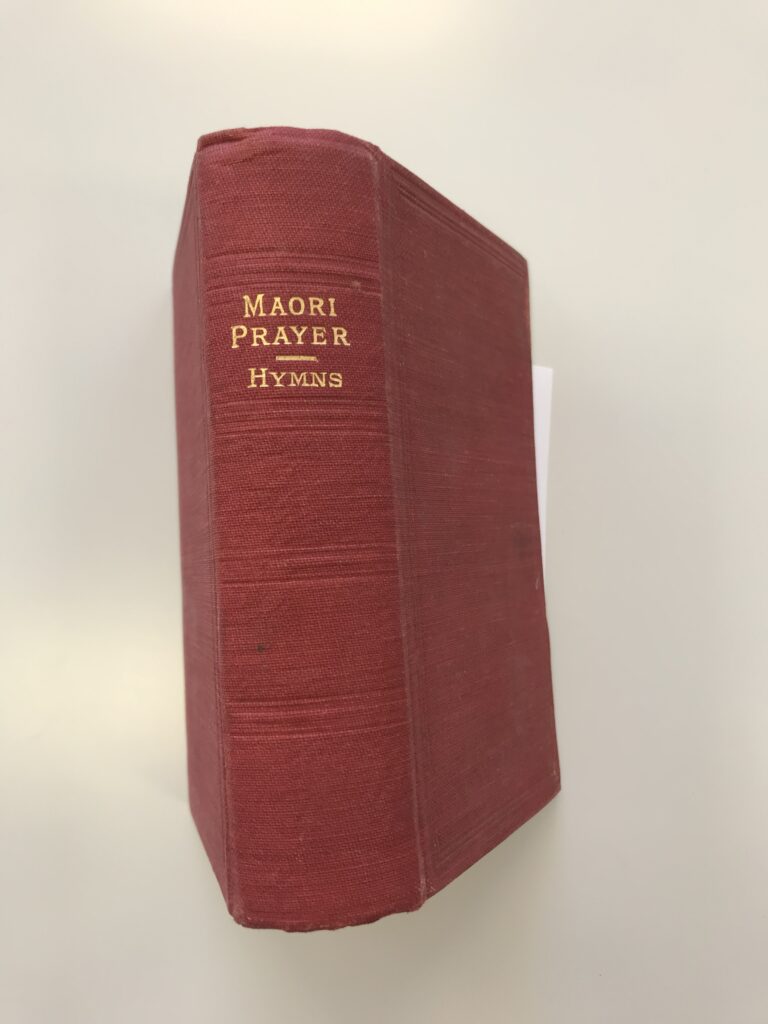
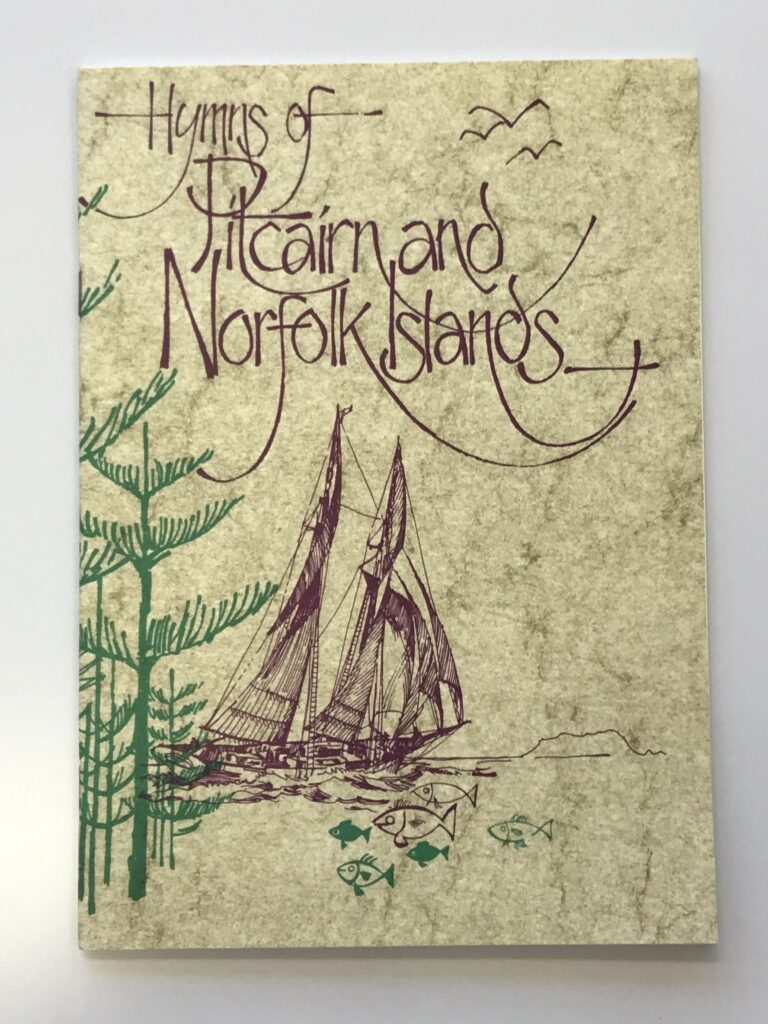

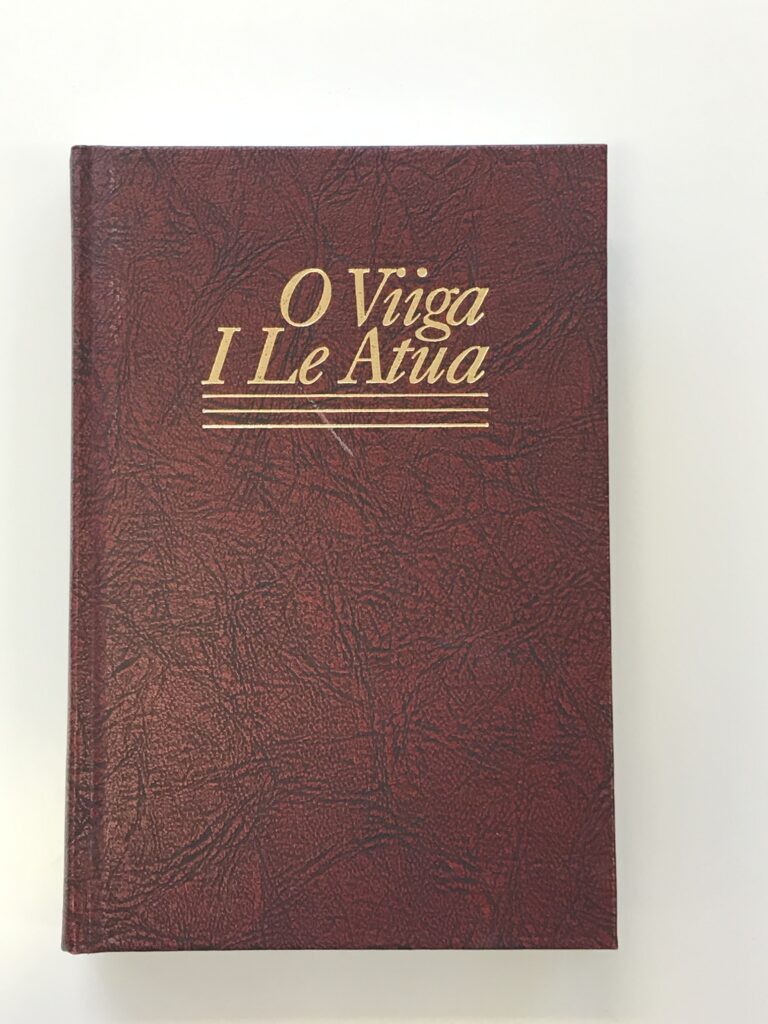
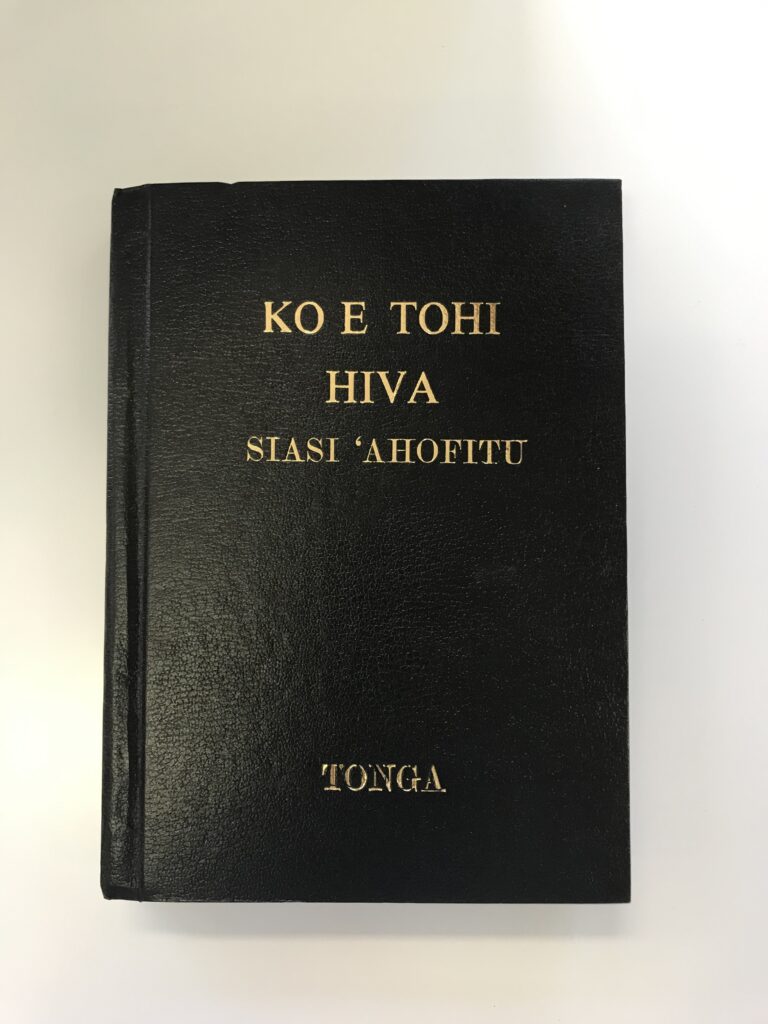
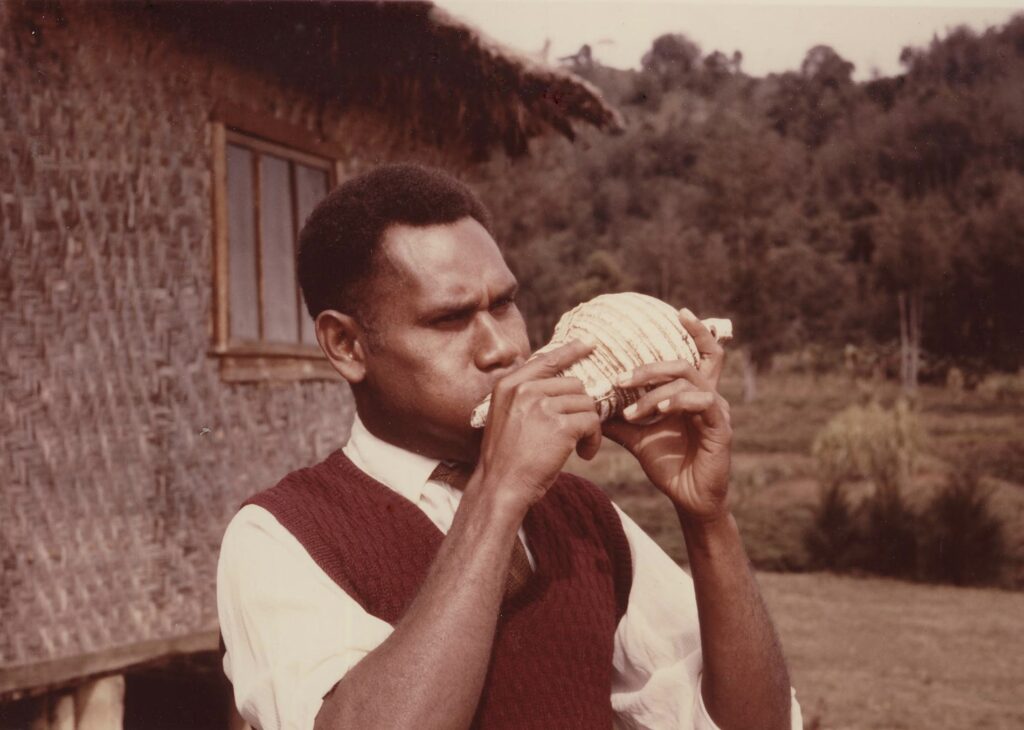


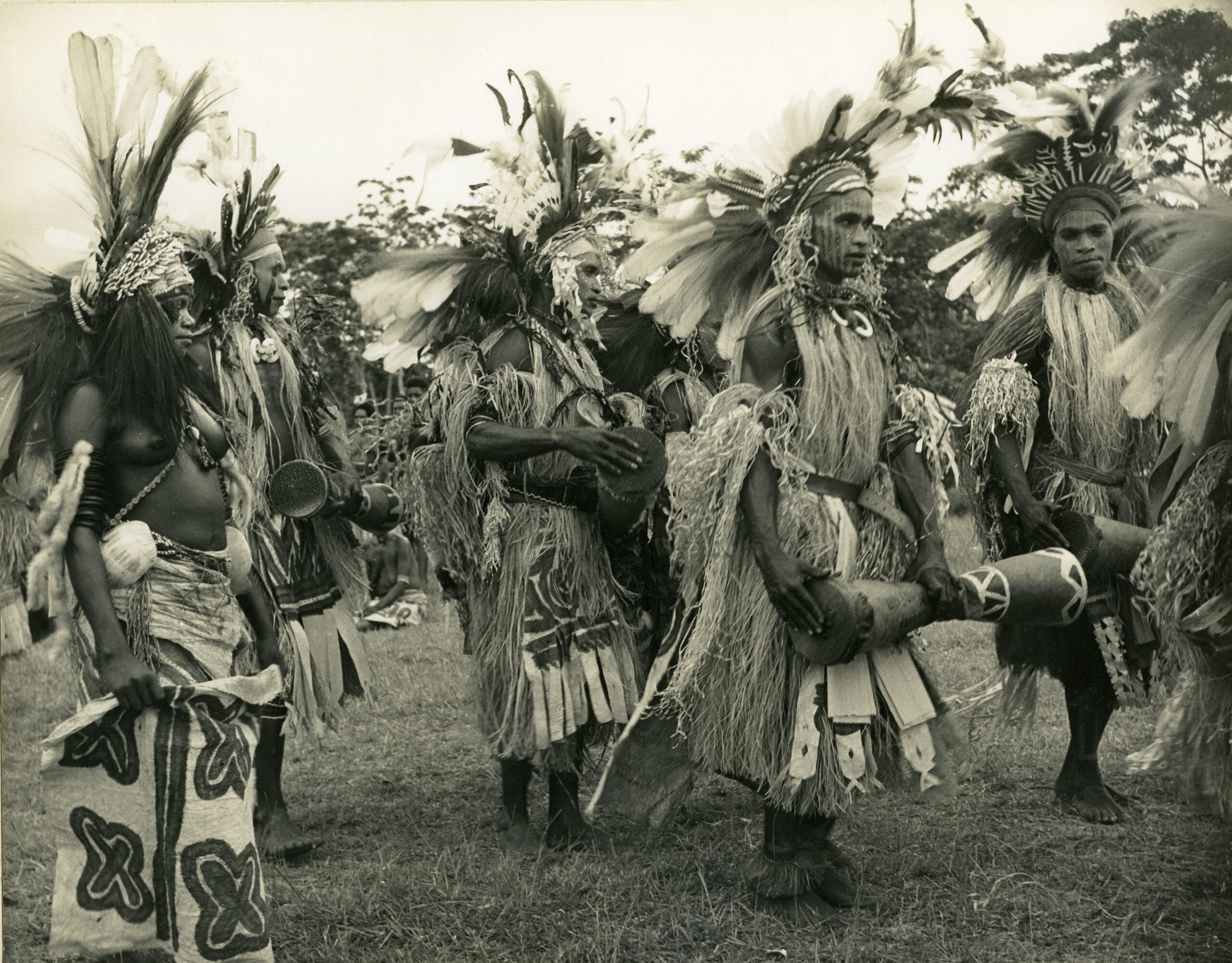
Papua New Guinea

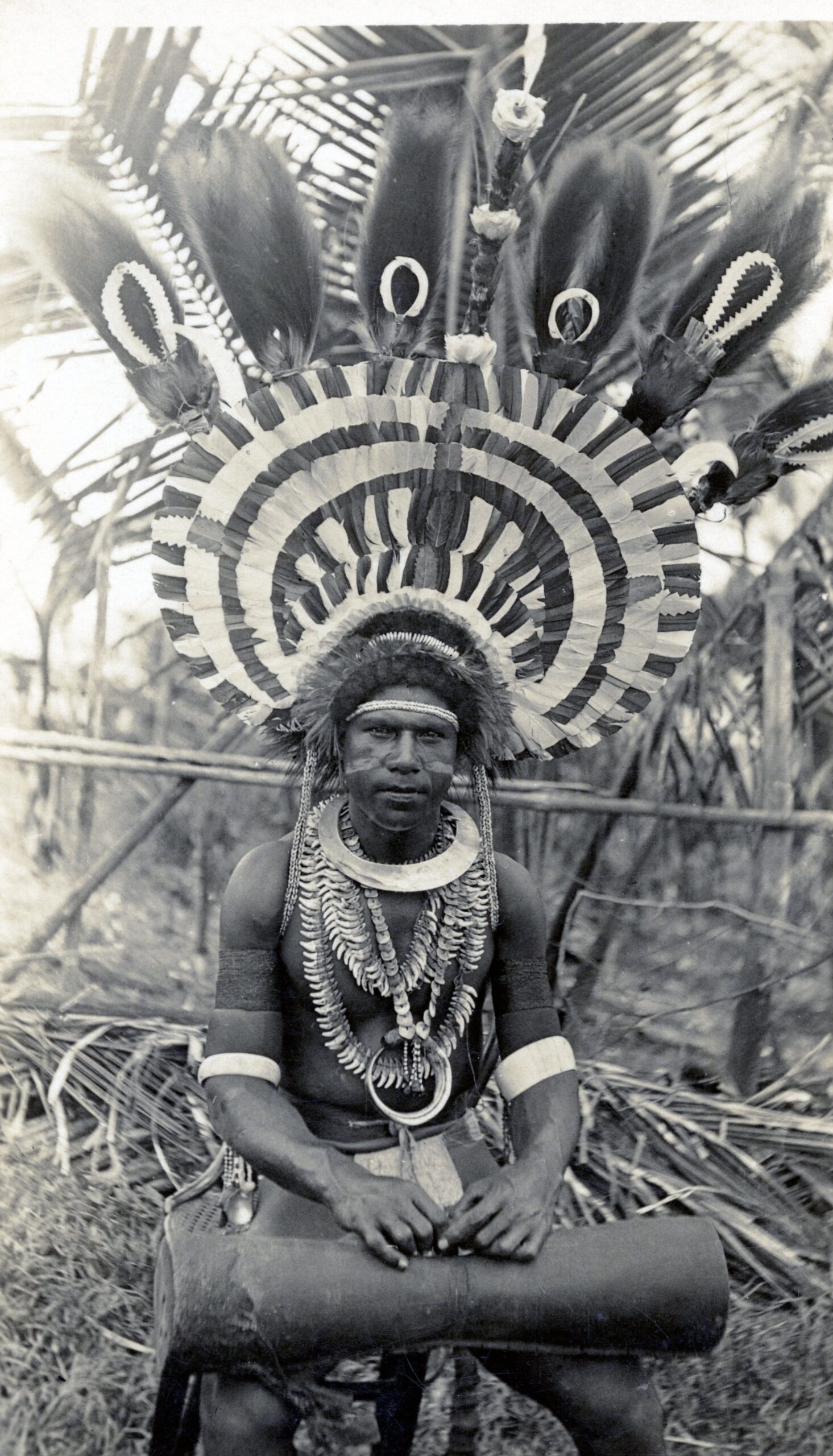



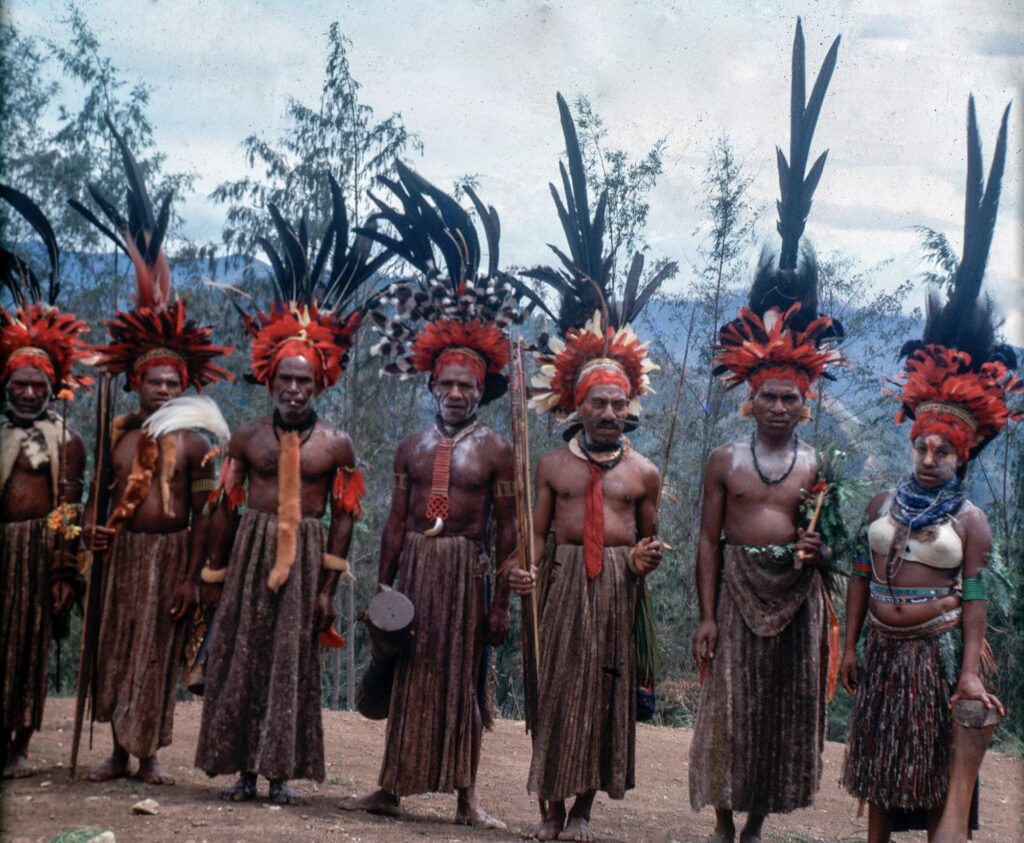
The music of PNG reflects the diversity of its people and geography. The diverse landscapes from the coast to the lowland rainforests to the highlands are home to varied cultures, customs and over 800 languages.
Traditional Papuan music is intertwined with traditional religious beliefs. Traditional song performances were ancient, passed down through the generations. Clan dances took place to appease and worship the clan’s ancestors. Where song and dance were accompanied by Kundu drums. Music was to honour the ancestors.
The evangelistic efforts of the missionaries has declined the presence of traditional music and performance in Papua New Guinea.
Singing is important to the native culture of Papua New Guinea, with sing-songs occurring at important gatherings across the country. The songs of Papua New Guinea come in many different traditional dialects and styles. Their songs tell the stories of PNG and its people. There is often a lead singer accompanied by a choir or the whole community.
Music is used for both mourning and celebration, and to communicate across large distances.
Drums
The ‘kundu’ drum originates from Papua New Guinea. It is an hourglass-shaped shaped hand drum carved from hardwood logs. Carved into the wood are designs and patterns that communicate which region of New Guniea the instrument was crafted.
Depending on which region the kundu is created, the shape, size and style may vary. Some include handles and decorations such as twine and feathers.
The top covering where one would beat a rhythm, is the skin of animals such as possums, snakes, crocodiles and lizards. Embellished on the animal skin are three or so beads that possess the power to change the tune of the beat.
The Sung Tales – Highlands
Sung tales are performed solo (without backup singers, instruments or dance) and are usually composed during the performance. The ability to perform sung tales is a valued specialised skill. Though usually performed by men, some highland areas have female performers.
They are sung for entertainment, sometimes educational purposes.
A story is told, usually of good versus evil, journeys and romance and sometimes encounters with spirits.
Flutes
Flutes are often only played by men and are sacred in Papua New Guinea. They are made from bamboo and often decorated with carvings, feathers and other ornaments.
Some flutes resemble pan pipes, with a variation of bamboo lengths strung together to provide different tones and notes. Others are a single length of bamboo with finger holes to change notes.
Trumpets
Trumpets can be made from bamboo, conch shells or stone. Trumpets are common in PNG from the highlands to the coasts. Trumpets were used musically or to ward off evil spirits or warn of things like sickness in a community.
Garamut – Slit Drum
Garamuts are an important instrument to the Sepik region of PNG. The drum is played horizontally and is often large. It is used musically to provide the beat for traditional dances. In modern times it has been used in modern music and dance performances or in church worship.
Garamut is a compound of the words ‘gara’ meaning singing/calling out and ‘i mut’ meaning be quiet and listen. Garamut are a revered instrument used for much more than music. It is made by hollowing out a tree trunk and is often marked with patterns of clan designs. The Kayan people traditionally believed production was collaborative with the forest dwelling spirits or ggnumtik, who would reside within the drum. Garamut are only played by men and the size of the garamut is linked with status. However, the Kayan village women are the ones who name them in ceremonies.
Some can project sound over more than 5 km distances. Coded beating is used to send messages. The sound of the specific drum and the signature striking of the drummer can be recognised. They are used to announce death, war, warn of danger, or call people together. Sometimes they are used at schools to signal time, the start and end of classes.
They are also used for initiation ceremonies for men. Can be used to announce deaths of important people.

Fiji


Music in Fiji has been traditionally used in celebrations, to communicate with the gods, honour the ancestors and mark significant life events. Music is performed in groups, reflecting the importance of collaboration over individual excellence. Musical traditions are passed down through the generations.
Fijian music is a blend of Polynesian and Melanesian music styles. Today, vocal church music is popular and modern instruments are played alongside traditional instruments.
There is a large population of Indo-Fijians in Fiji, who have made their mark on the country’s modern music scene with Indian music.
Lali
The Fijian ‘Lali’, a drum-like instrument formed by hollowing out a log or branch to form a cradle shape, emits a resonant sound. Larger drums and smaller Lali Ni Meke could be used in music but traditionally were used to announce births and deaths, to entertain, or to call people in the area together for church services and meetings.
Displayed in our South Pacific Division museum (open to the public), our black Lali was given by a local school family in 1996 to Mr. and Mrs. Ferris, who had worked amongst their community in maritime positions for several years.
The Meke
The meke (meh-kay) is a musical performance that combines dance and music. The meke dominates the traditional music of indigenous Fiji. It tells stories of Fijian history, prophecy and mythology.
A meke involves the Matana, a group of dancers in rows, who are either seated or standing. The second group is the Vakatara, singers and instrument players sitting behind the dancers. Dancers usually have an iri ni meke, an ornate and usually round hand-woven fan. The men dance in a warrior-like fashion, and the women dance in fluid feminine movements.
The singers chant in multiple harmonising parts. The instruments are used to complement the vocals and are usually percussive. The sounds of leaf wreaths tied to dancers’ wrists, ankles and waists, the brushing of fans, stamping, clapping and drums all provide rhythmic accompaniment.
Pan pipes and nose flutes were traditionally used in the meke, but their use has declined in modern times.
In Fijian tradition, dances and chants are taught to people by deities. Special meke composers called daunivucu communed with the spirit world to teach the meke to the people. Each daunivucu served a deity and had a form of mana or magic which allowed them to teach a meke.
Meke were part of traditional gatherings, rituals and celebrations. There are many different styles and genres of meke performances, from energetic men’s spear dances to graceful women’s fan dances. The introduction of Christianity has led to some Christian meke compositions.
The Vakamalolo, or sitting dance, is performed with an iri ni meke (ornamental fan). Dancers slowly turn to face the audience through the performance.
The Seasea is a graceful women’s dance performed with a fan.
Traditional Chants
Meke ni yaqona is a formal chant accompanying the chiefly kava ceremony. It is solemn and rich in harmonies. Everyone is seated except for the main performer who serves the kava. It is a sacred ritual, and so ancient that the meanings of some words and dance movements are forgotten.
The vakalutuivoce was sung before fishermen left to guide them to the reef and sung by the fishermen on their return.
The va vuni gasau is a war chant of the highlands of Viti Levu.
Sere Vasi is a spontaneously composed chant with the person lying down. Another person lies down to provide wordless vocal accompaniment.
Adventist Music
The first Methodist missionaries in Fiji used native music styles to connect the people with the Christian message. There are four main types of Fijian church music:
Same (likely from word Psalms) – mostly methodist
Same are biblical songs chanted in the traditional Fijian style. They can either be original poems based on bible stories, or biblical texts arranged for chanting. They are usually chanted by a group of women. Same are rhythmic with limited tonal range. Unlike the traditional meke, they are unaccompanied by dance and instruments.
Their popularity has declined in favour of other church music styles.
Sere ni lotu
Sere ni lotu are Christian choral songs with multiple parts, sung in western-influenced style. They are very popular in Fiji. (Methodist church?)
Taro (catechism)
Sung from the Fijian hymnal in a responsorial style. The lead singer speaks the questions, and the group chants the answers. Sung acapella.
Polotu
Has European influenced melodies.

Vanuatu

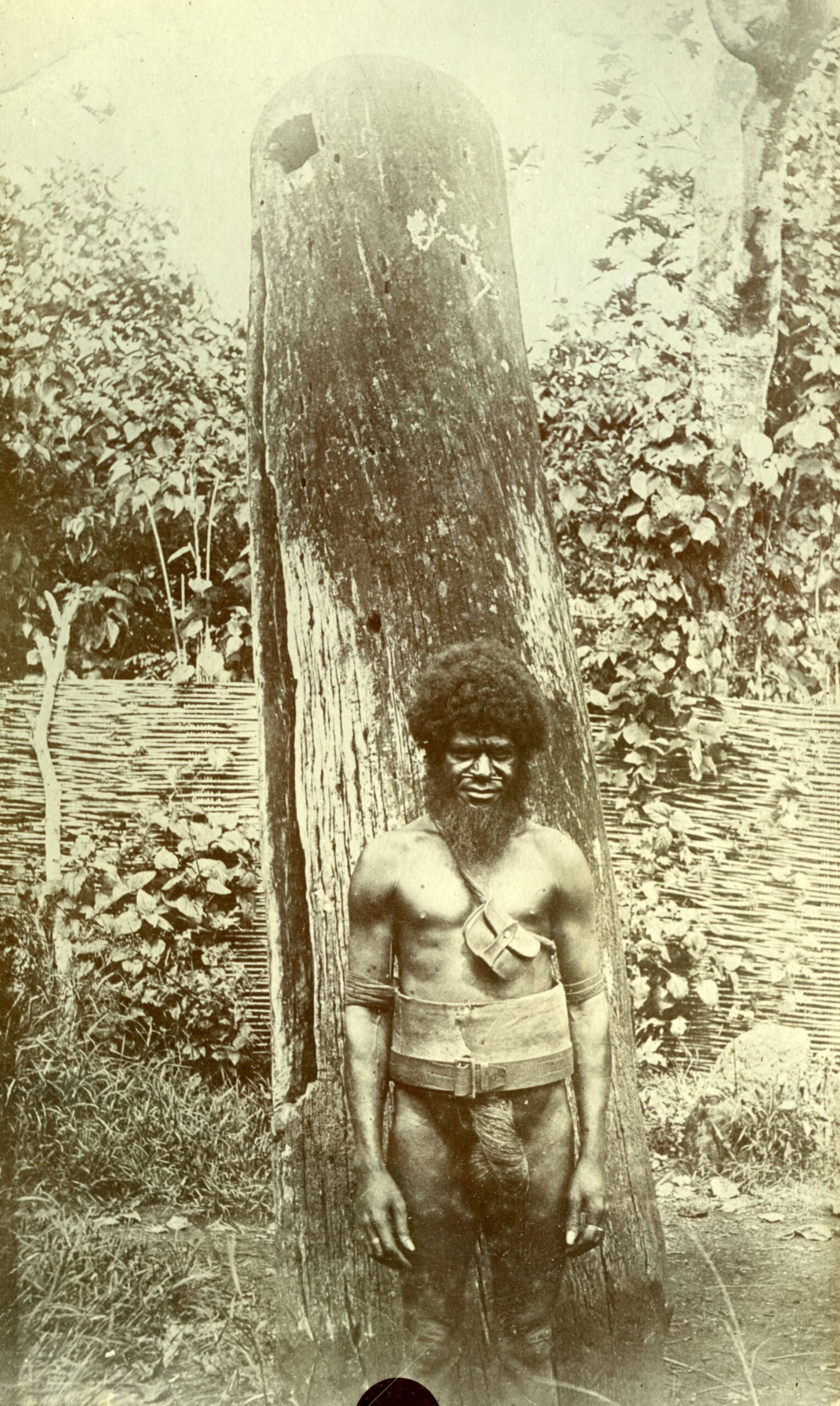
Traditional music is called kastom singsing or kastom tanis in the Bislama language. Both culture and music vary across the islands of Vanuatu. Music is important to ceremonies and rituals because it acts as a bridge between the physical and spititual realms.
Traditional Vanuatuan instruments are mostly percussive and include drums, slit gongs and rattles. In some regions, conch shells, whistles and bamboo flutes are played.
The music is passed down through the generations and tells stories of the land, ancestral spirits and tribal identities. Songs can also be sung for mourning, love, and to affect nature.
Slit Gong
The slit gong (or slit drum) is some of the tallest vertical instruments in the world. It is made from tree trunks which are hollowed out with a slit carved down the trunk. To play the instrument, a batten is used to drum on the trunk making sounds for celebrations, dance performances, ceremonies, signalling meetings or even sending messages to other villages (like Morse code but with sound).
Composers: Song Receivers
Song receivers are people who receive songs from the ancestor spirits. Before an upcoming performance, a song receiver might go into the bush to meet with the gods of song to receive new dance music. The ancestor might inspire the song receiver through the sounds of nature such as leaves rustling and water running.
Ancestral power is a part of daily life in Vanuatu, and songs are a way to control and contain that power. Power songs can be used to heal, to harm enemies or change the weather. On Ambrym Island, the song münmün is sung to calm the seas when bailing water out of a canoe, to ensure the boat gets to its destination safely.
Each region of Vanuatu sings of its own mythological cultural heroes.
Secret Songs
Poetry and songs are traditionally believed to be gifted by the gods or spirits of the dead. Some songs owned by a specific person or family line contain family or lineage secrets. These songs are so secret that the dances are performed without the lyrics. The song will only ever be known by a father and the son he passes it down to. The dance leader walks amongst the performers while thinking about the lyrics of the song. He will instruct the dancers and instrumentalists how to perform.
Secret songs called natatao belong to traditional landowners. Natatao are only ever sung to settle land disputes and prove ownership of the land, kept secret so others won’t have claim to their land. The lyrics speak of the migration of their ancestors to the land and the names of the places they travelled through.
Tagihkai
There are many oral narratives (hkai) that exist in song form. Songs can tell stories of mythological heroes such as Maui. The lyrics describe the specific local landscape’s prominent features, and often explain how they were formed. The hkai show the lively storytelling tradition of Vanuatu.
Tagi Memorial Songs
The word tagi is associated with mourning and death, but tagi memorial songs are not usually mournful. They are factual accounts of historical events or a person’s life. Tagi can be sung unaccompanied or accompanied with instruments and dance.
Notched Flute
The end blown notched flute is the most common traditional Vanuatuan flute and is still played today. Its shape and size is similar to a clarinet, but the sound is different. This flute is generally made of bamboo and has finger holes to change notes. The flute is cut to be longer than the musician’s outstretched arm. ank are carved on other traditional instruments such as drums.
Historically this flute was probably played as part of harvest festivals but is now played for entertainment and in the telling of stories.
It is carved with decorative patterns filled with charcoal paste. Patterns usually feature isosceles triangles, and the varying patterns represent different motifs. Motifs are associated with ranks in the social hierarchy. Motifs showing r
Many other types of flute were played before colonisation.
Other types of flutes:
- Panpipes
- Shoulder flutes
- Double flutes
Ankle Rattles
Dancing is important to Vanuatu’s culture, often used to tell traditional stories. Villages often have nasara or dancing grounds. Ankle rattles play percussive accompaniment as the
dancer moves. Traditional Vanuatuan dances are energetic and often are accompanied by percussion, chanting, drums, and slit gongs.
Samoa
Fa’a Samoa (the Samoan Way) represents the core values of Samoan culture. The concept of fa’a Samoa unites Samoans in pride for their cultural heritage. Since the introduction of Christianity, Christian beliefs and values have integrated with fa’a Samoa and into the Samoan musical landscape.
Samoan history and culture were preserved by passing music down generations. Music was believed to connect people to their ancestors and the spiritual realm.
Samoan music is primarily vocal with instruments to provide rhythm. Most traditional songs are accompanied by dances. Dance movements visually express the lyrics of the song. Both group and solo dances are common.
Music often depicts the relationship between people and nature, common themes are the beauty and power of nature, the land and sea.
The long-standing cultural exchange between Samoa and its neighbouring island nations, particularly Tonga and Fiji, has enriched the musical landscape of Samoa.
Faleaitu (clowning)
Humour is often used in musical performances. Historically, chiefs in Tonga and Samoa had ‘clowns’ to amuse them and to connect them to the lower-class people. Faleaitu as part of musical performance entertains the audience. The conductor of brass bands and choirs sometimes assumes the role of faleaitu, both amusing the audience and conducting the music.
Siva Samoa (dance)
The siva dance tells stories through expressive and graceful movements, accompanied by chanting.
Taualuga
The taualuga or dance of life is a shared tradition of Samoa and Tonga.
The taupou (solo maiden’s dance) is danced by a woman, often the chief’s daughter, wearing a traditional headpiece. Her costume displays heirlooms and wealth from her family. She dances with grace and dignity, while men dance the aiuli in the background.
The men’s aiuli dance is energetic and often humorous and performed by a ‘clown’. The aiuli makes the taupou dance more graceful in comparison.
The woman can carry a nifo’oti a type of weapon, which shows strength.
A choir sings during the performance.
Chants
Traditional Samoan chants are performed by a group of singers and accompanied by dances and percussive instruments such as the pate and fala. The chants can be to heal, to welco
Some chants are used in informal settings such as putting a baby to sleep and are composed on the spot.
There are many different types of chants, such as Faitaulalo or storytelling. Faitaulalo chants are usually performed solo. The term au faitaulalo means ‘to speak stories.’ Faitaulalo is a form of oral tradition that tells stories about Samoan history, culture and customs. The chants can tell legends or personal stories, the tone can be serious or humorous.
Logo
A logo is the largest Samoan slit drum. It is a hollowed-out log that uses the variations in thickness of the slit to affect pitch. It is struck on the side with a wooden beater.
Pate (slit drum)
The pate is a handheld slit drum with a handle used for signaling and music. The pate was introduced from Tahiti, but the handle is a Samoan innovation.
Lali
The Samoan lali is distinct from other island nations with its smaller end sections. Mid-sized lali drums are usually played in pairs.
Fala
The fala is a rolled-up mat beaten with sticks. It is the most common instrument to accompany dances. Sometimes bamboo poles are put inside the mats to increase the volume.
Tonga
In Tonga, the performing arts are deeply linked with their emotional effect on both the performers and the audience. Tongan music is considered mālie (well done, beautifully performed) if it is played with faiva (skill) and produces a feeling of māfana (inner warmth or exhilaration). There are no strict lines between performers and audiences in Tongan music. Sometimes audience members can be so inspired by the feeling of māfana that they will join the performers. Traditional Tongan music strives to produce this psycho-emotional response when performed.
Tonga has a history of cultural exchange with surrounding Pacific Island nations, so many of its music traditions and instruments are shared. Since its introduction, western music has been incorporated into Tonga’s music tradition.
Tongan music has powerful harmonies and intricate vocal arrangements. When dancing, men are energetic and vigorous, and women are soft and graceful.
The punake are Tongan composers/poets. Poetry, music and dance are all linked in compositions by the punake.
Tau’a’alo
Tau’a’alo or paddling songs is a musical genre of repetitive poetry used to maintain rhythm when rowing canoes and when preparing for war. This genre has evolved to represent teamwork for the good of society. Teamwork within a social hierarchy is central to Tongan culture, and is usually phrased as duty to God, king, and society. The official motto of Tonga translates as ‘God and Tonga are my inheritance.’ This core value reflects the social hierarchy and deference to the upper class in Tongan society.
The me’etu’upaki is a men’s paddle dance still performed today. It is traditionally accompanied by singing and a slit gong.
Church Music
After the introduction of Christianity, Tonga developed a hybrid style of church music that combined with traditional Tongan melodies. Some hymns are translated into Tongan and use the original western melody. It was common to make alterations to the male vocals to more closely resemble lakalaka singing due to the Tongan idea that male performances should be energetic. Shortly after Tonga’s introduction to Christianity, they began composing their own hymns.
Church choir music is now very popular in Tonga. Hiva usu refers to acapella hymn singing where the lead singer opens the song solo then the rest of the congregation joins in.
Brass bands were introduced by missionaries and often accompany congregation choir singing.
French Polynesia
French Polynesia consists of more than 100 Islands, including Tahiti and the Pitcairn Islands. Traditional music from French Polynesia was spiritually and culturally intertwined. They used drums, chanting and dancing to tell stories of the sea, land, people and the gods. These stories were often chanted in religious ceremonies and celebrations.
Himene
After the arrival of missionaries in the 19th Century, French Polynesia adopted western Christian music into their musical tradition. They developed three main types of himene (hymns).
Himene ru’au are hymns sung acapella by a choir and soloists who sit in a semi-circle.
Himene tarava have complex multi-part melodies sung by a large choir. This type of hymn is characterised by drops in pitch at the end of phrases and rhythmic staccato grunting for emphasis.
‘Ute
‘Ute are celebration songs often sung with a sense of humour and a satirical tone. They are sung by a small group accompanied by guitars and ukeleles.
Manouche
The ukelele was introduced to French Polynesia by western sailors in the 19th Century and became integral to the music scene. Both ukeleles and guitars are played in the popular ‘manouche’ style, which originated in the Marquesas Islands. Ukeleles are accompanied by lyrics in the local language. The songs are usually lively and played for celebrations.
Drums
Drum ensembles have multiple drums of different sizes and pitches. The Tahitian to’ere is a narrow cylindrical drum made from a hollow log, its side is hit with a wood stick to give a sharp pitch. The pahu or pa’u is a more resonant drum hit with padded sticks.
‘Ori Tahiti
In traditional Tahitian and French Polynesian culture, history was passed down orally, through song and dance. ‘Ori Tahiti refers to the traditional dances that represent Tahiti and its rich culture and history.
‘Ori Tahiti are symbolic dances with elaborate costumes and flower wreaths. Some movements are slow and graceful, some are fast and energetic.
Aparima
The Aparima is a slow, graceful dance accompanied by drums and song. The dance movements interpret the lyrics of the song.
Ote’a
The traditional dance music of French Polynesia, ote’a, is lively with fast paced rhythms. The ote’a was traditionally a war dance performed by men but is now performed by both men and women. It is often performed at weddings and other celebrations. It is usually accompanied by the rapid beats of the to’ere and pahu drums.
Cook Islands
Music is integral to Cook Islands culture. Cook Islanders sing, dance and play instruments such as the ukelele from a young age. Music is taught informally and involves a lot of improvisation.
Cook Islanders distinguish singing, chanting and dance into categories in which there are many different genres. There are many overlaps between the three main categories.
There is a history of cultural exchange between the Cook Islands and Tahiti, though often distinctly Cook music will be misrepresented as originating in Tahiti.
īmene (singing)
The word īmene comes from the word hymn. It is likely that before contact with the west, the Cook Islands vocal music mostly consisted of chanting with no musical equivalent to western singing.
Īmene tuki is an acapella hymn performance primarily in Rarotongan. This hymn style was introduced to the Cook Islands from Tahiti. There are fixed women and men’s parts, with other impromptu harmonising parts added by individual singers during performance. The men’s tuki grunts mimic drums and the women’s perepere singing mimics the flute. In church, the lead female singer or tumu īmene chooses a hymn and begins singing without announcing the song, and the rest of the congregation will join in. The people can sing the hymns from memory. Though dance is considered inappropriate in church, people will sway, clap and stamp to the rhythm. When Cook Islands missionaries went to Papua New Guinea, these hymns were adapted as PNG’s peroveta or prophet songs.
Pe’e (chant)
Sacred chants called karakia can be performed at ceremonies such the investiture of a new chief.
Ingo (dance)
Cook Islands dances are characterised by fierce and sensual movements accompanied by paté drums.
Drumming
Drumming in the Cook Islands is characterised by its skillful, fast tempo playing. Only the slit drum part is taught while the other drummers improvise their rhythm to fit in accordingly.
Solomon Islands
The music of the Solomon Islands is characterised by their panpipes, which are often played in ensembles. Traditional Solomons music also includes solo and group vocals, often sung acapella.
Songs and chants are used to pass down stories and myths as a part of the Solomons oral tradition. Religion in the Solomons is deeply connected to nature, and songs almost always express a relationship to nature, the land, the sea, the animals, the trees. Dances are a means of communing with the ancestral spirits in traditional rituals.
Dances often accompany musical performances. Ankle rattles are used by stamping feet in dances to make a steady beat. Slit drums of varying sizes are also used.
Many festivals are held in the Solomon Islands to unite communities in showcases of traditional dance, music and rituals. The Kastom Festival is a celebration of cultural identity for all Solomon Islanders and is a way to respect the ancestors.
Before the influence of Christianity, traditional Solomons music had big jumps up and down in pitch between consecutive notes in a melody, a likely imitation of panpipe music. Western Christian music typically has steps of notes close together to form the tune. Rorogwela Lullaby by Afunakwa is a traditional Baeggu lullaby recorded in the 1970s that demonstrates this concept. In the lyrics, a young orphan is comforted by his older brother after the loss of their parents.
Since the introduction of Christianity to the Solomon Islands, hybrid music has emerged in the form of indigenous tunes applied to Christian music.
Panpipes
Bamboo panpipes characterise Solomon Islands music. Panpiper ensembles often perform complex compositions.
Panpipes are assembled as either a raft of pipes bound in a row or as a bundle of pipes bound in a circular cluster.
Pipes can vary greatly in size. Some of the biggest are played by hitting the top of the pipe with paddles or in more recent times, a thong (rubber sandal). Modern times have seen these instruments also be made from PVC pipes which coexist with the more traditional bamboo pipes.
Conch Shell
The conch shell or pū is an instrument used widely across the Pacific, including Hawaii and the Solomons. The shell is filed down at the end to make a hole, fitted with a mouthpiece and uses the shell’s natural shape to produce a trumpet sound when blown. The use of a shell horn can be found in the history of maritime cultures worldwide. It is used as a traditional form of trumpet, summoning people to gather and signaling the start of important events.
Avondale Music
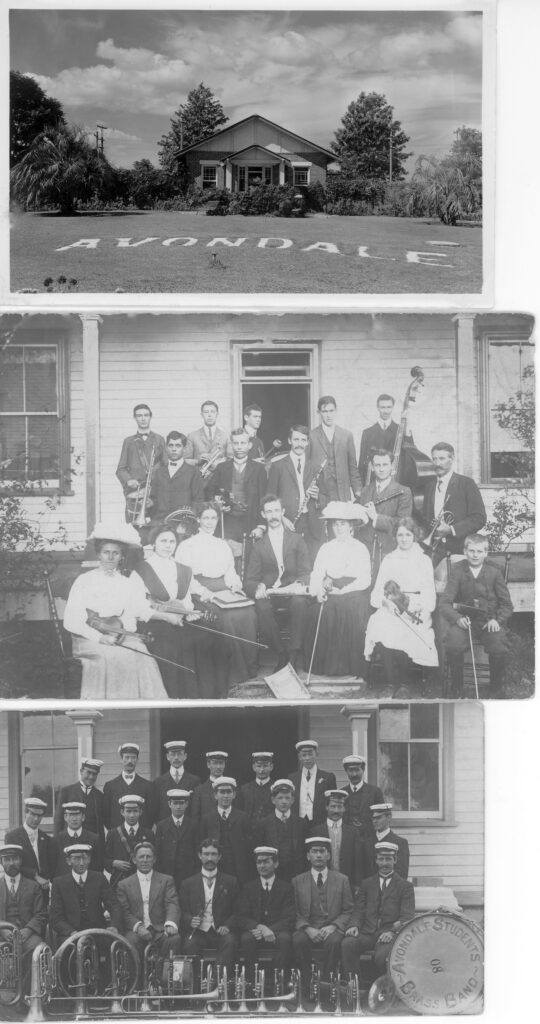
Prior to being known as Avondale College or Avondale University, the educational institution was established as Avondale Missionary College in 1892. The school was originally located in Melbourne, Victoria temporarily. In 1897, it was relocated to Cooranbong where it continues bringing education.
Within the missional realm, one knows that music is a tool to reach people, especially when there is a language barrier. Henceforth, many musicians, choirs, brass bands and other musical groups have been produced from all entities of Avondale.
Here is a list of some musical individuals and groups that have come from Avondale.
- Avondale Symphonic Choir
- The Promise
- Alan Thrift
- Charles Schowe
- Monamona Brass Band
- Noel Clapham
- Avondale Brass Band
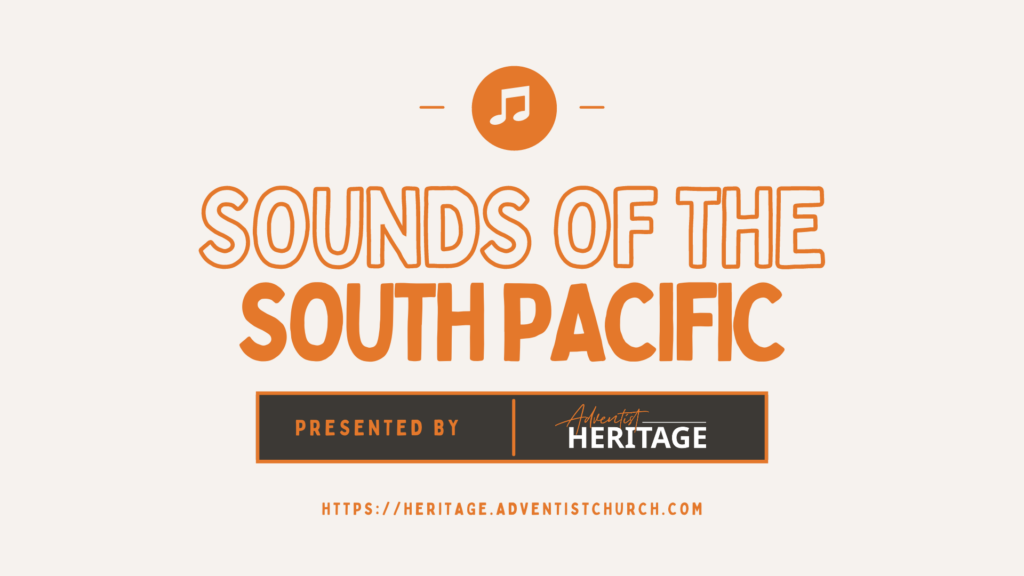
Want to see these instruments and artefacts in person? Visit our exhibition located at the Seventh-day Adventist South Pacific Division Conference Office in Sydney

